





Hikashop to Kiosked
Migrating your store from Hikashop to Kiosked might seem daunting, but with proper planning and the right tools, it's a smooth process. Follow this step-by-step guide to ensure a successful transition.
Schedule a call
HikaShop to Kiosked Migration Guide
Step 1: Preparing for Migration
In this initial step, we will gather all necessary information and resources required for a smooth migration from HikaShop to Kiosked, ensuring that we don’t overlook any crucial details.
Step 2: Setting Up Your Kiosked Account
This step involves creating and configuring your Kiosked account, ensuring that the platform is tailored to meet your business needs before migrating any data.
Step 3: Data Mapping and Preparation
In this step, we will carefully map your existing HikaShop data to the appropriate fields in Kiosked, ensuring that all data is accurately transferred.
Step 4: Importing Data into Kiosked
Now that we have prepared and mapped our data, the next step is to import this data into Kiosked securely and efficiently.
Step 5: Setting Up Payment and Shipping Methods
In this step, we will configure payment gateways and shipping options on Kiosked to ensure a seamless transaction experience for customers.
Step 6: Customizing Your Kiosked Storefront
This step focuses on customizing your Kiosked storefront to align with your brand identity, enhancing the shopping experience for your customers.
Step 7: Testing and Going Live
In the final preparatory step, we will comprehensively test the entire Kiosked store setup before officially launching it to the public.
Power Your Step - Get in Touch
Ready to make your migration seamless? Contact us today for expert support!
Step 1: Preparing for Migration
Before we initiate the migration from HikaShop to Kiosked, it is crucial to prepare thoroughly. This step serves as the foundation for a successful migration process, ensuring all necessary data is collected, organized, and ready for transfer. The primary goal is to avoid data loss and ensure compatibility between the two platforms. We will focus on gathering essential information, including product data, customer information, order histories, and any custom configurations that need to be replicated on Kiosked.
To start, conduct a comprehensive audit of your HikaShop store. This audit should include a detailed inventory of all products, categories, customer accounts, order histories, and any additional functionalities you are using. Understanding the full scope of your existing setup will guide us in replicating it effectively on Kiosked.
- Backup your data: Create a complete backup of your HikaShop store. This includes database exports and file backups to ensure that you can restore your data if anything goes wrong during migration.
- Export necessary data: Use HikaShop's built-in export features or database management tools to export the following:
- Product listings (including images and descriptions)
- Customer data (names, emails, addresses)
- Order history and transaction records
Once the data is backed up and exported, it is essential to review the data formats to ensure compatibility with Kiosked. This involves checking for discrepancies in data types or formatting that may cause issues during import.
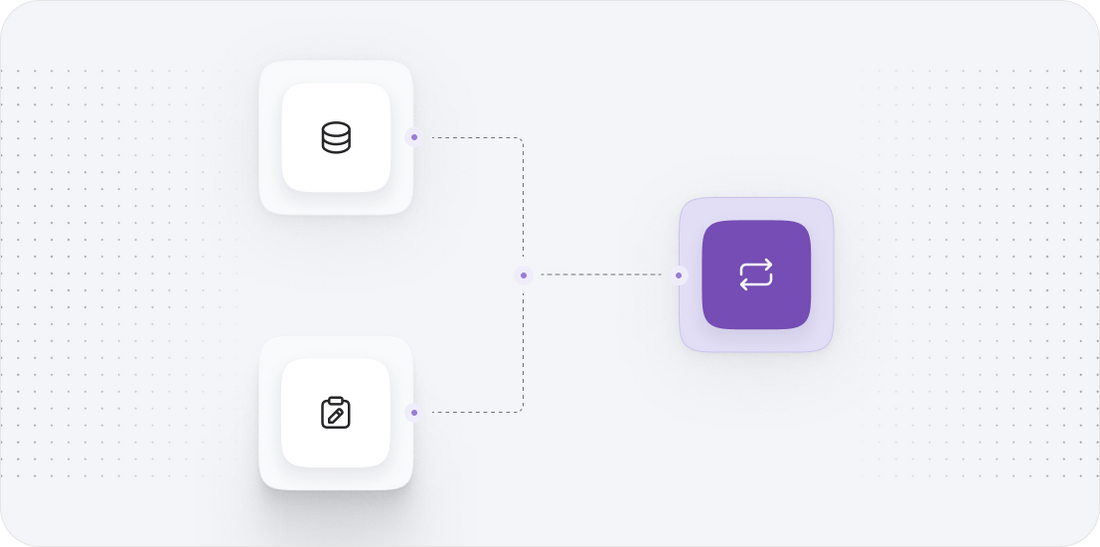
Step 2: Setting Up Your Kiosked Account
Setting up your Kiosked account is a critical step in the migration process. A well-configured account allows you to leverage Kiosked's features effectively and ensures a smooth transition from HikaShop. The primary objective of this step is to create your Kiosked account and configure it according to your specific business needs.
Begin by visiting the Kiosked website and signing up for an account. During the registration process, you will need to select a pricing plan that aligns with your expected usage and required features. Kiosked offers tiered subscription plans that provide flexibility as your business grows.
- Account creation: Fill in the required information to create your Kiosked account. This typically includes your business name, email address, and password.
- Choose a plan: Select a pricing plan that meets your business requirements. Consider your expected sales volume and the features you need, such as advanced analytics or additional support.
After setting up your account, proceed to configure the essential settings:
- Store settings: Input your store’s basic information, including business details, payment methods, and shipping options.
- Design your storefront: Utilize Kiosked's design tools to create a visually appealing storefront that aligns with your brand identity.
Finally, familiarize yourself with the Kiosked dashboard. Understanding the layout and functionality will help you in the subsequent steps of the migration process.
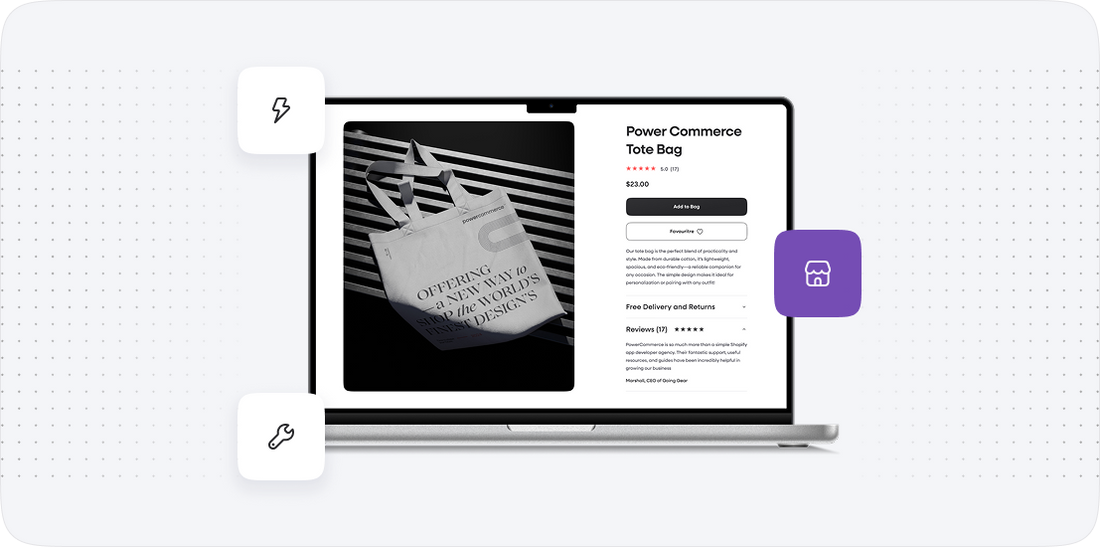
Step 3: Data Mapping and Preparation
Data mapping is a pivotal process in the migration from HikaShop to Kiosked. This step focuses on aligning the data structure of HikaShop with that of Kiosked, ensuring that all information is accurately transferred and utilized on the new platform. The primary goal is to maintain data integrity and ensure that all relevant information is easily accessible on Kiosked.
Start by reviewing the data types and structures used in HikaShop. Note down how products, customers, orders, and any custom data fields are structured. Kiosked may have different requirements or formats, so it’s essential to understand these differences.
- Identify key data fields: List out the critical data fields in HikaShop that you want to migrate. This includes:
- Product names and descriptions
- Pricing information
- Inventory levels
- Customer details (contact information, preferences)
- Order histories
- Map fields to Kiosked: Create a mapping document that details how each field in HikaShop corresponds to the fields in Kiosked. This document will serve as a guide during the import process.
During this mapping process, pay attention to:
- Data types: Ensure that data types in HikaShop match those in Kiosked. For example, dates should be formatted consistently.
- Required fields: Identify which fields are mandatory in Kiosked and ensure that your HikaShop data contains this information.
Once the mapping is complete, validate the data for accuracy. This step is crucial to avoid issues during the actual data import.
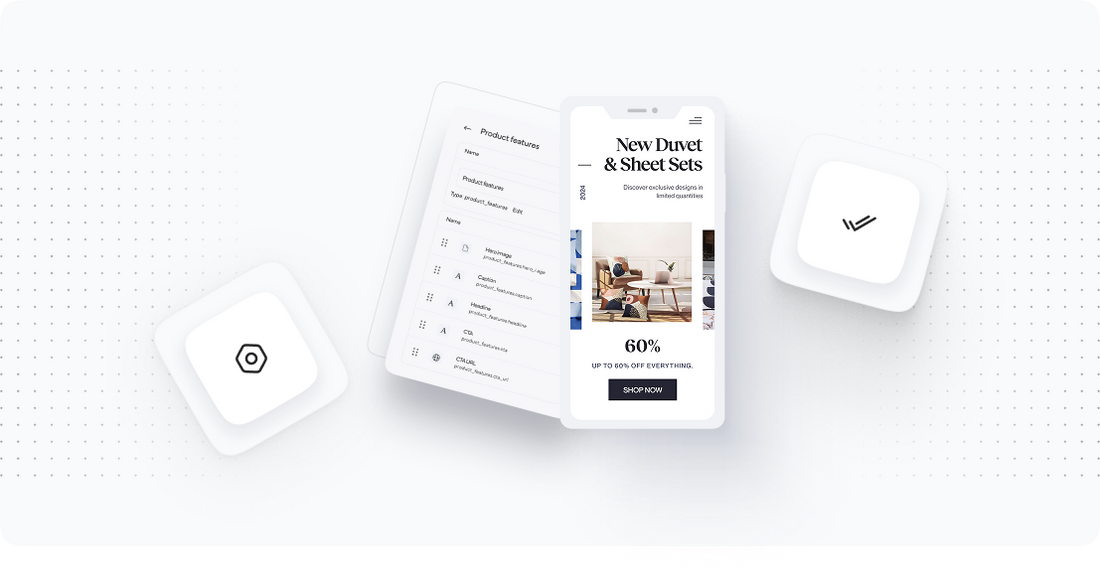
Step 4: Importing Data into Kiosked
With the data mapped and prepared, we can proceed to the crucial step of importing your HikaShop data into Kiosked. This step must be executed carefully to ensure that all information is correctly integrated into the new platform without data loss or corruption. The primary objective is to facilitate a smooth import process that maintains data integrity.
Begin by accessing the import functionality within your Kiosked dashboard. Kiosked typically provides tools for bulk importing data, which can streamline the process significantly.
- Data import process: Follow these general steps to import your data:
- Log in to your Kiosked account and navigate to the data import section.
- Select the data types you wish to import (products, customers, orders, etc.).
- Upload your prepared CSV or Excel files containing the mapped data.
- Monitor the import: As the import process runs, monitor for any errors or alerts that may arise. Kiosked should provide feedback on the success of the import for each data type.
After the import is complete, it is essential to conduct a thorough review:
- Check data integrity: Verify that all data has been imported correctly by checking a sample of products, customers, and orders.
- Resolve any discrepancies: If you find any issues, troubleshoot them immediately by comparing the imported data with your original HikaShop data.
Completing this step successfully will ensure that your Kiosked store is populated with accurate and complete data, setting the stage for the next phase of the migration.
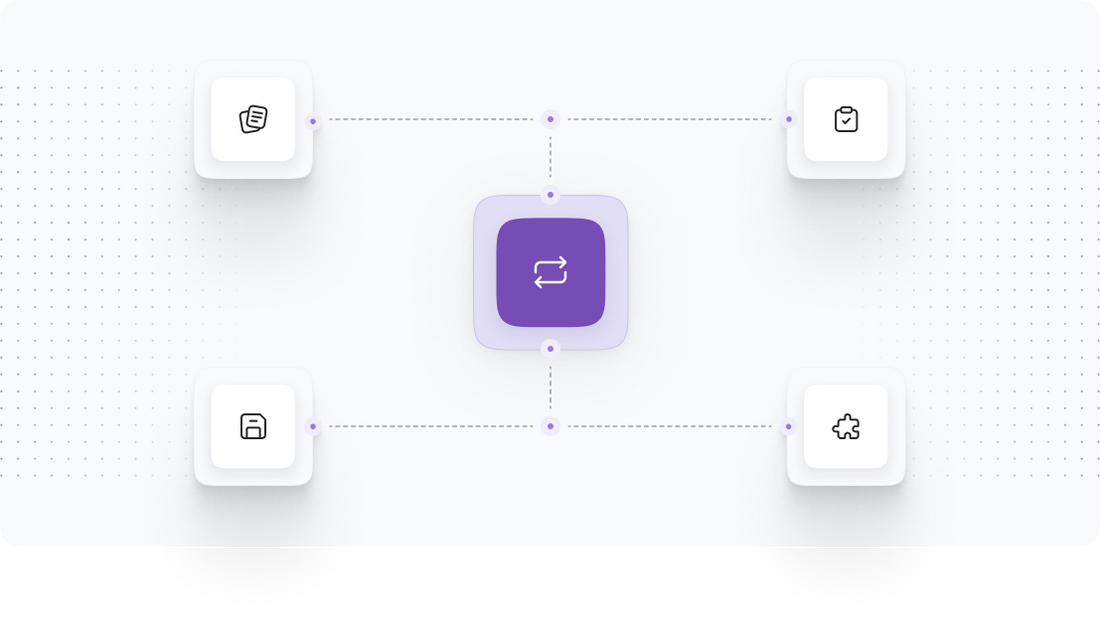
Step 5: Setting Up Payment and Shipping Methods
After successfully importing your data into Kiosked, the next step is to set up your payment gateways and shipping methods. This step is essential for ensuring that your customers can complete transactions seamlessly and that orders can be fulfilled efficiently. The primary objective is to establish robust and secure payment and shipping configurations tailored to your business needs.
Begin by reviewing the payment options available on Kiosked. Kiosked supports a variety of payment gateways that you can integrate into your store.
- Payment configuration: Follow these steps to set up your payment methods:
- Navigate to the payment settings section in your Kiosked dashboard.
- Choose the payment gateways you wish to integrate, such as PayPal, Stripe, or others.
- Follow the instructions to connect your chosen payment gateway, which may include entering API keys or account credentials.
- Shipping methods: After configuring payment options, set up your shipping methods:
- Access the shipping settings in Kiosked.
- Input the various shipping options you will offer, such as standard, expedited, or international shipping.
- Establish shipping rates and rules based on regions, weight, or order totals.
Once payment and shipping methods are configured, test the entire checkout process to ensure customers can successfully complete transactions. This testing phase is crucial to identify any potential issues before your store goes live.
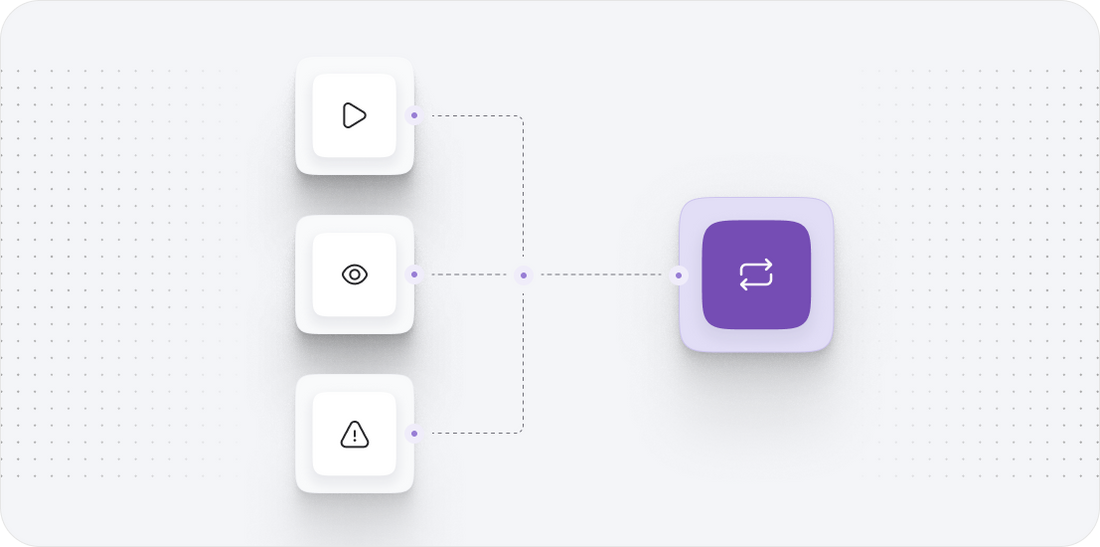
Step 6: Customizing Your Kiosked Storefront
With your payment and shipping methods in place, the next step is to customize your Kiosked storefront. A well-designed storefront is essential for creating a compelling shopping experience that reflects your brand identity. This step aims to leverage Kiosked's design capabilities to enhance your online presence.
Begin by exploring the design tools available within Kiosked. The platform offers a variety of themes and customization options that can help you create an engaging storefront.
- Selecting a theme: Choose a theme that resonates with your brand's aesthetics. Kiosked provides a selection of pre-designed themes that can be further customized.
- Customizing layout: Utilize the drag-and-drop editor to arrange elements on your storefront. This includes:
- Header and footer sections
- Product display grids
- Promotional banners
Additionally, consider customizing the following aspects to enhance user experience:
- Typography and colors: Adjust font styles and colors to match your branding guidelines.
- Images and media: Upload high-quality images for products and background visuals that capture your brand's essence.
Once your storefront customization is complete, preview the changes on various devices to ensure responsiveness and visual appeal across different screen sizes.
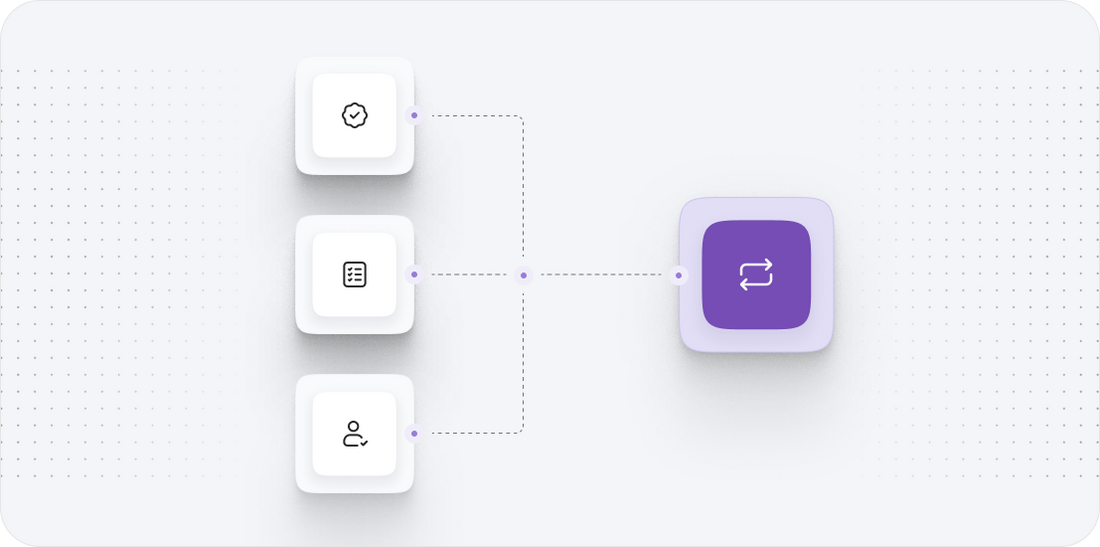
Step 7: Testing and Going Live
Before going live with your new Kiosked store, it is critical to conduct thorough testing of all functionalities. This step aims to ensure that everything is working smoothly and that your customers will have a seamless shopping experience. Comprehensive testing minimizes the risk of encountering issues once your store is operational.
Start by performing the following tests:
- Data verification: Review imported data to ensure accuracy. Check product details, customer information, and order history for any inconsistencies.
- Checkout process: Conduct several test transactions to verify the payment and shipping processes. Check that:
- Customers can add items to their cart
- The checkout process functions smoothly
- Payment is processed correctly
- Order confirmations are sent successfully
- Mobile responsiveness: Test the storefront on various devices (smartphones, tablets, desktops) to ensure that it is fully responsive and functional.
- Site speed: Evaluate the site’s loading speed using tools like Google PageSpeed Insights. Optimize any elements that may slow down the site.
After completing these tests and addressing any identified issues, you are ready to launch your Kiosked store. Announce your store opening through your marketing channels to drive traffic and attract customers.
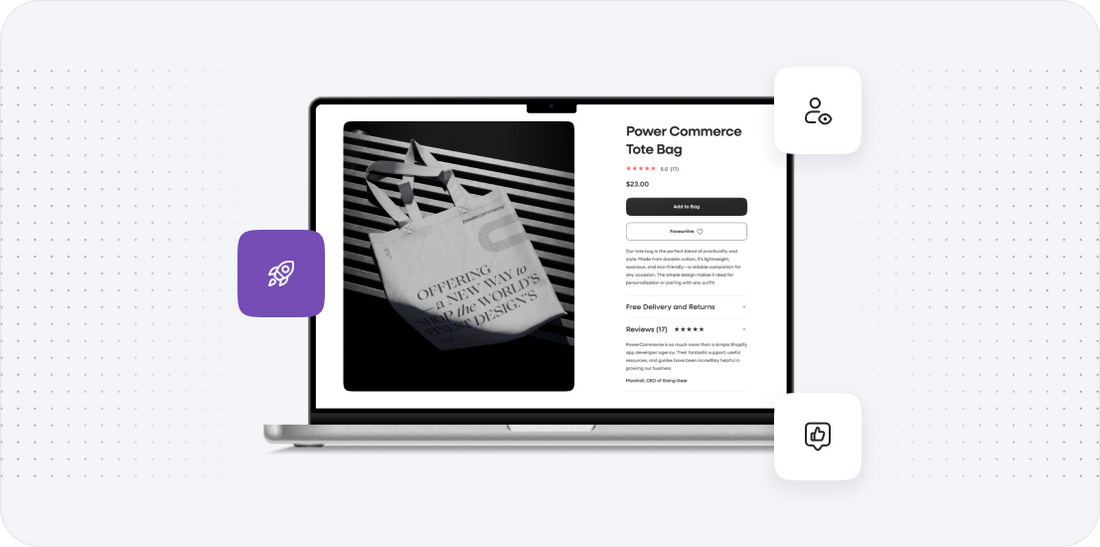
Power Your Step - Get in Touch
At PowerCommerce, we are dedicated to ensuring your migration from HikaShop to Kiosked is as smooth and efficient as possible. Our team of experts is ready to assist you every step of the way, providing personalized support tailored to your business needs.
Don't hesitate to reach out to us for a risk-free consultation. Our commitment to customer-centric solutions and integrity ensures that you will receive the highest level of service. Contact us today!
- Visit our contact page: PowerCommerce Contact Form
- Call us at 800-099-9090
- Email us at info@powercommerce.com
Let us help you power your ecommerce journey!
Stay aligned on what's happening in the commerce world
Trusted by 1000+ innovative companies worldwide
Schedule Your Migration Today
For businesses prioritizing simplicity, scalability, and robust support, Shopify is the clear winner.
Looking to migrate without hassle? Power Commerce can handle the entire process, ensuring smooth data transfer, store setup, and post-launch success.
Marka Marulića 2, Sarajevo, 71000 BiH
00387 60 345 5801
info@powercommerce.com


